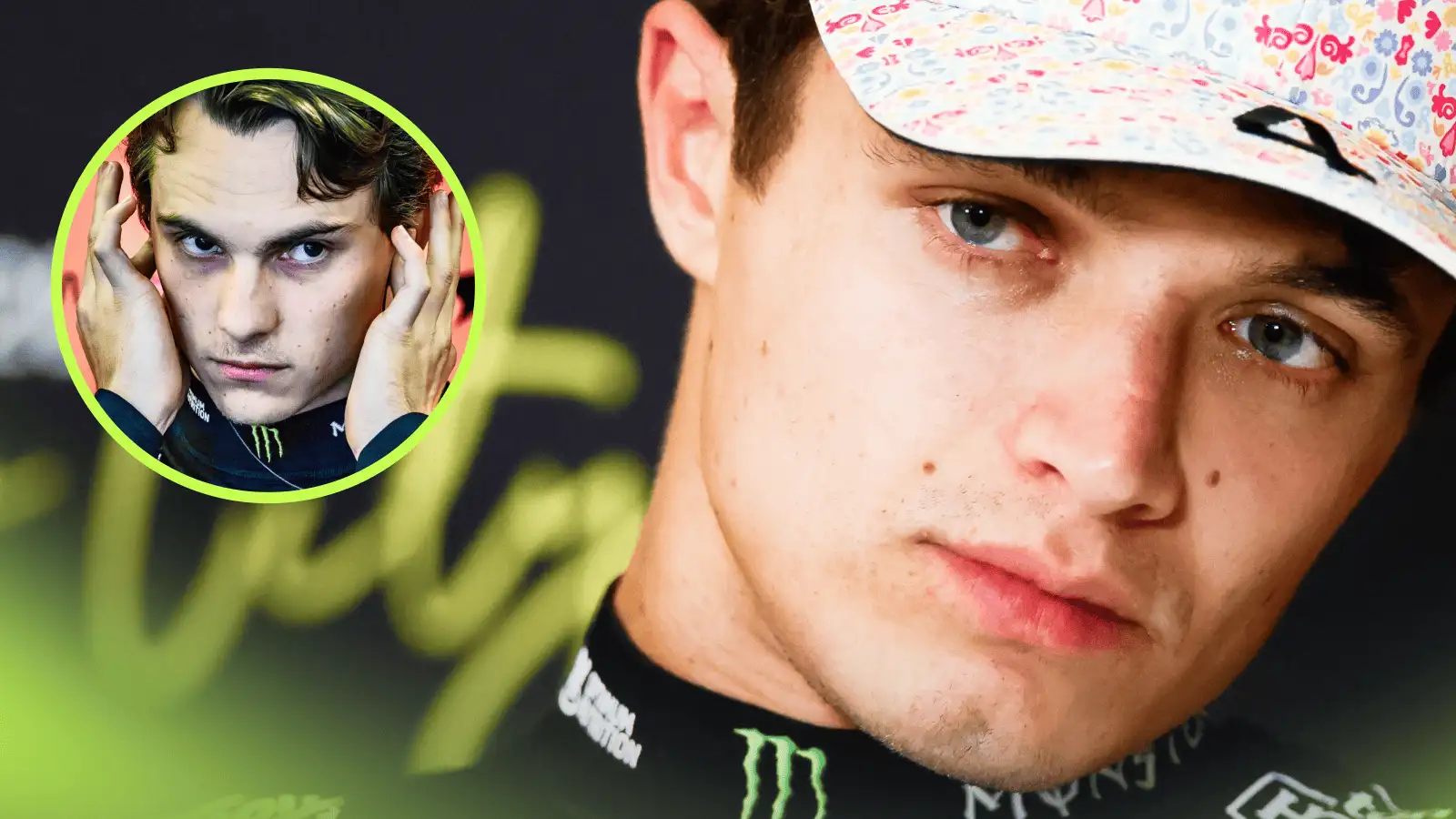If Max Verstappen is making McLaren nervous now, just imagine how Lando Norris and Oscar Piastri would be feeling if their sprint race collision at the United States Grand Prix came with bigger consequences.
That all involved were able to brush it off and move on quickly should inspire another rethink about the sprint format.
Why the F1 sprint should revert to its original format
A version of this article originally appeared in PlanetF1.com’s conclusions from the 2025 United States Grand Prix. It has been republished as the sprint format returns in Brazil
It is well established in the world of behavioural science that people become more receptive to an initially unpopular idea if they are gradually exposed to it.
First you start off small in small doses – let’s say three sprint races per season – just to warm the public to the idea.
Then you increase it slowly (doubling the number to six) as it becomes more tolerated.
And then, before you know it, what began with fierce resistance ends up becoming the accepted norm.
If that, as many believe, is Formula 1’s plan with the sprint format, it is taking its time about it.
The 2026 season will mark the fourth year in succession that the number of sprint events will remain at six, yet few doubt that the alternative format will eventually become a fixture of every single race weekend.
Almost certainly it is a matter of when, not if, the sport’s decision makers commit to making that leap.
Lando Norris vs Oscar Piastri: McLaren head-to-head scores for F1 2025
👉 F1 2025: Head-to-head qualifying statistics between team-mates
👉 F1 2025: Head-to-head race statistics between team-mates
Yet the sprint occupies a very odd place on a grand prix weekend these days, existing entirely in its own bubble and running parallel to the main action.
It is more an irrelevance than an augmentation of a race weekend, not helped by the fact that the rewards (just eight points for the winner) are so scarce.
More enjoyable than a practice session, the television pundits like to remind us, but that’s pretty much all it is good for.
The golden age of the sprint format, if such a thing ever existed, was in the first two years when the result of the sprint set the grid for Sunday’s race.
There was a sense of jeopardy – an additional little hurdle to overcome between qualifying and the grand prix – in those days that the sprint sorely lacks now. And it worked.
Daniel Ricciardo’s victory at Monza 2021, for instance, owed everything to the sprint format and the opportunity presented by an extra standing start, allowing him to creep forward from fifth on the original sprint grid to the lead out of Turn 1 on Sunday.
So too did the accident between Max Verstappen and Lewis Hamilton at Silverstone that season.
Recall how Lewis noticed on the opening lap of the sprint that Max’s Red Bull was de-rating out of Woodcote, convincing him that Copse was the place to attack 24 hours later.
Imagine how different the complexion of last month’s United States Grand Prix would have looked had the sprint been held under the 2021/22 format.
The collision between Oscar Piastri and Lando Norris would have left both McLarens at the back of the grid on Sunday and handed Max Verstappen the chance to make the title fight even more interesting.
As it was, however, McLaren was able to move on quickly from a second collision between its drivers in as many rounds and Norris was free to take up his place on the front row as if his clash with Piastri a few hours earlier had never even happened.
More on McLaren drivers Lando Norris and Oscar Piastri from PlanetF1.com
The reason the current semi-detached sprint format is in place is because Formula 1 shied away from the debate about the 2021/22 format skewing pole position statistics.
It was a missed opportunity to remind people that both things can true – that one driver can set pole position (and in the process be counted as the official polesitter) by setting the fastest lap in qualifying, and that a different driver can start from pole position.
That would also have put an end to the unfortunate trend of counting drivers who inherit first place as the result of a grid penalty – see Charles Leclerc’s ‘poles’ at Spa in 2023/24 despite lapping (in one case significantly) slower than Verstappen in qualifying – as the official polesitter.
If there is to be long-term value in the sprint format, it simply has to matter more.
Reverting to the original format, and ensuring the consequences of the sprint carry into race day, would be a good place to start.
Reader reaction: Does the F1 sprint format need a rethink?
Gary Simmons: I’m not a fan of the Sprint races, but the original format was also flawed.
At least with this structure, the teams can take risks on Sat. I think the real problem with both sprint/non-sprint weekends is Parc Ferme. Parc Ferme was added to reduce costs, but with the budget cap we should go back to letting teams setup and change their cars whenever they want.
Then, let’s see if the Sprint Weekends work.
T C: To me the sprint races are a form of short-term entertainment, similar to a pre-game warmup at a football game, it’s entertaining but not memorable.
Of all the sprint races, how many can you remember? Furthermore, it takes a lot of the sting out of the races because as we saw yesterday, teams get to get the perfect long run data
User 1471047282: Piastri is lucky he hit Norris in the sprint.

